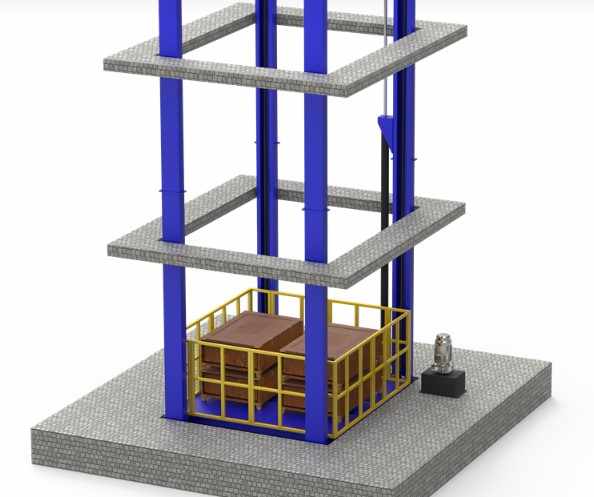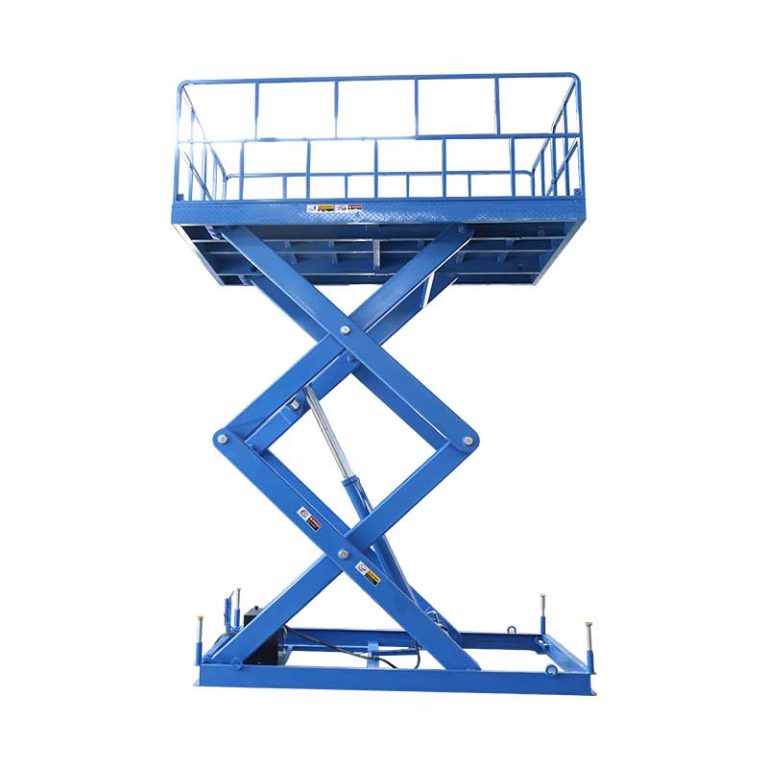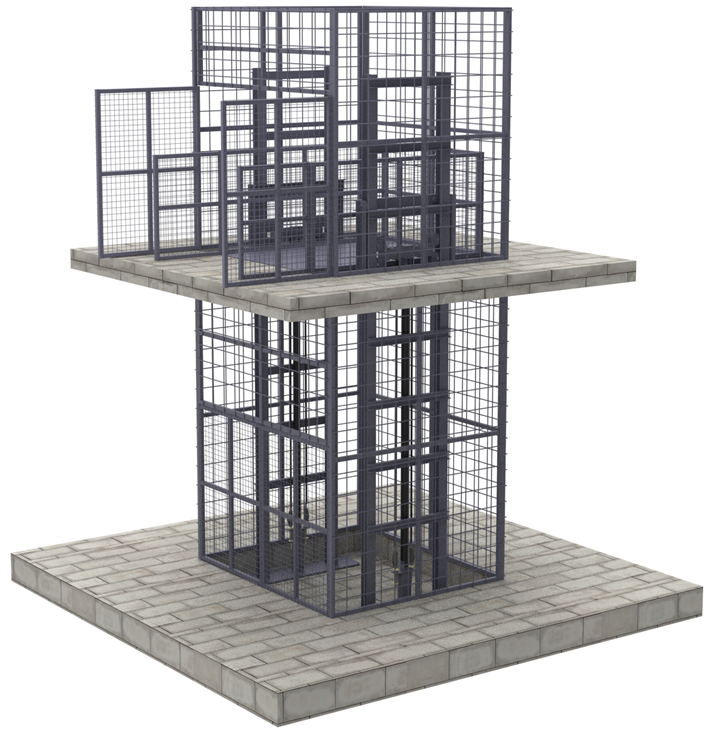
Transporting heavy items between floors can be a challenge in multi-story homes. Whether it’s moving groceries, laundry, firewood, or bulky packages, carrying loads upstairs or downstairs can put unnecessary strain on homeowners. This is where a Residential Cargo Lift becomes an essential solution. Designed for convenience, safety, and efficiency, these lifts simplify daily living while enhancing home functionality.
If you’re considering installing one, here’s a complete guide to help you choose the right residential cargo lift.
Why Install a Residential Cargo Lift?
Residential cargo lifts are specifically designed to move goods—not people—between floors. Unlike traditional home elevators, they are cost-effective and tailored for everyday household tasks. Key advantages include:
Convenience: Move groceries, luggage, or furniture without physical strain.
Safety: Reduce risks of injuries from lifting or falling on stairs.
Efficiency: Save time with quick and easy vertical transport.
Value Addition: Increase the functionality and appeal of your home.
Key Factors to Consider Before Buying
Load Capacity
Choose a lift that can handle the type of loads you expect. Typical residential cargo lifts range from 200 to 1,000 pounds, making them suitable for everything from small packages to heavy appliances.Size and Platform Design
The platform should be large enough to accommodate your needs. Compact platforms are perfect for groceries and laundry, while larger ones suit furniture and bulky items.Safety Features
Look for features like:Safety gates and enclosures
Overload protection
Emergency stop controls
Weather-resistant materials (for outdoor installations)
Installation Requirements
Some lifts are designed for indoor use, while others can be installed on exterior walls. Consider the available space, structural requirements, and ease of access.Maintenance and Durability
Residential cargo lifts should be built from durable materials such as steel, with corrosion-resistant finishes for outdoor use. Regular servicing ensures long-term reliability.Budget and Customization
Costs vary depending on size, features, and customization. While standard models may meet most needs, custom designs offer flexibility for unique home layouts.
Common Applications in Homes
Multi-story beach houses – Ideal for transporting luggage, coolers, and supplies.
Townhouses and duplexes – Simplify grocery and package handling.
Rural homes – Move firewood, feed, or tools between levels.
Garages and basements – Shift heavy equipment or seasonal items with ease.
Tips for Selecting the Right Supplier
Experience: Choose a supplier specializing in residential lift solutions.
Compliance: Ensure products meet safety and building standards.
Service Support: Reliable after-sales service is essential for maintenance.
Customer Reviews: Check testimonials and case studies for performance insights.
Final Thoughts
A Residential Cargo Lift is more than just a convenience—it’s an investment in safety, comfort, and efficiency. By considering load capacity, safety features, installation needs, and supplier reliability, you can find the perfect lift tailored to your home. With the right choice, you’ll transform everyday tasks into effortless routines while adding long-term value to your property.




Write a comment ...